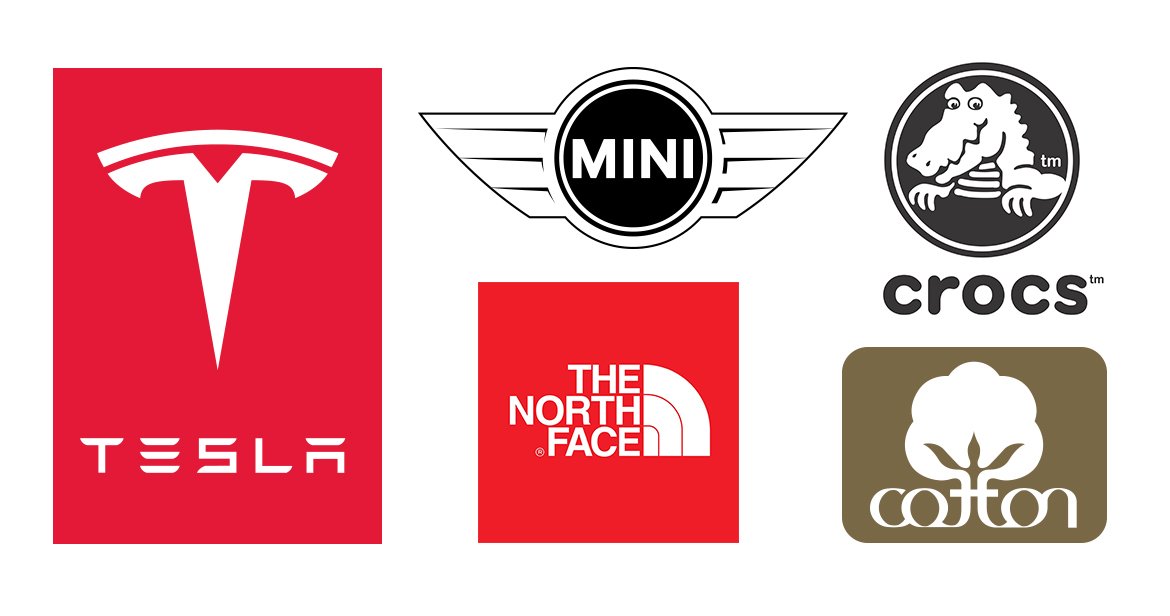Color Psychology in Graphic Design: How Colors Affect Emotions and Behavior
Color is a powerful tool in graphic design, and understanding the psychology of color can help designers create effective and impactful designs. Different colors can evoke different emotions and behaviors; choosing the right colors can help convey a message and create a mood. In this blog post, we'll take a look at the psychology of color in graphic design and how colors affect emotions and behavior.
How Colors Affect Emotions and Behavior
Red
Red is a bold and powerful color that evokes strong emotions such as passion, love, and anger. It can also increase heart rate and blood pressure, making it a great color for creating a sense of urgency or excitement.
Blue
Blue is a calming and soothing color that is associated with trust, loyalty, and stability. It can also evoke feelings of sadness and depression, so it's important to use it carefully in designs.
Green
Green is a natural and calming color that is associated with growth, harmony, and balance. It can also represent money and wealth, making it a great color for financial and environmental designs.
Yellow
Yellow is a bright and cheerful color that is associated with happiness, optimism, and energy. It can also be overwhelming if used too much, so it's important to balance it with other colors.
Orange
Orange is a warm and energetic color that is associated with excitement, enthusiasm, and creativity. It can also represent caution and danger, making it a great color for warning signs.
Purple
Purple is a royal and luxurious color that is associated with creativity, spirituality, and wisdom. It can also be associated with sadness and mourning, so it's important to use it carefully in designs.
Black
Black is a powerful and sophisticated color that is associated with elegance, authority, and mystery. It can also represent death and mourning, so it's important to use it carefully in designs.
White
White is a clean and pure color that is associated with innocence, simplicity, and purity. It can also represent emptiness and sterility, so it's important to balance it with other colors.
How to Use Colors in Graphic Design
Now that we've looked at how colors affect emotions and behavior, let's talk about how to use colors in graphic design.
1. Understand Your Audience
The first step in using colors in graphic design is to understand your audience. What emotions do you want to evoke? What message do you want to convey? Understanding your audience will help you choose colors that resonate with them.
2. Choose a Color Palette
Choosing a color palette is essential for creating a cohesive and consistent design. Consider using complementary colors, analogous colors, or monochromatic colors to create a harmonious design.
3. Use Colors to Convey a Message
Colors can be used to convey a message and create a mood. Consider using red to create a sense of urgency, blue to create a calming effect, or green to represent environmentalism.
4. Test Your Colors
Before finalizing your design, it's important to test your colors. How do they look together? Do they evoke the emotions you want to associate with your brand? Testing your colors will help you make any necessary adjustments before finalizing your design.
In conclusion, the psychology of color is a powerful tool in graphic design. By understanding how colors affect emotions and behavior and following the tips outlined in this post, you can create effective and impactful designs that resonate with your audience.










